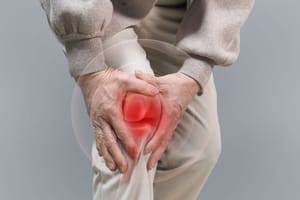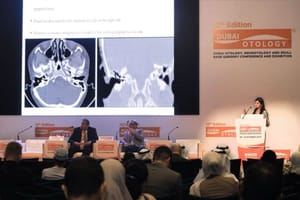The UAE has reported 13 patients with the viral zoonotic disease so far
The Dubai Health Authority (DHA) has issued isolation guidelines for confirmed monkeypox cases. Taking to Twitter, the authority shared a guide on the zoonotic viral disease that details all the relevant procedures.
The UAE has reported 13 cases of monkeypox so far.
According to the DHA guide, an individual is classified as a ‘confirmed case’ if he/she has clinical symptoms and the virus is confirmed by a laboratory test.
The approved test to detect monkeypox is a PCR throat swab. Alternatively, health officials can scrape the skin for vesicle fluid using a dry swab.
Patients with monkeypox symptoms must isolate in a separate room until he or she is informed of the positive PCR test result.
Here is what an infected individual must do:
- The DHA will contact the patient to complete the isolation procedures.
- If the symptoms worsen, the patient must go to the nearest medical centre or hospital.
- The patient must remain in isolation either at home or in the institutional isolation facility for a period of 21 days.
What does isolation mean?
According to the DHA, it is to isolate people with the monkeypox disease to ensure it does not spread while ensuring they have access to the necessary health care.
Patient home isolation criteria
- Patient must be in a stable condition with facilities such as a well-ventilated room at home. The patient will receive medical follow-up.
- Patient must be a healthy adult with or without a mild rash and with stable vital signs will be able to isolate at home.
Requirements and conditions of home isolation
The individual should be in a stable health condition and have:
- A separate well-ventilated room and washroom.
- A first-aid kit and body thermometer.
- Knowledge on how to properly treat contaminated equipment and waste.
- Knowledge about hand washing and hygiene protocols to avoid transmission of the virus.
Institutional isolation
- It’s for an adult patient that is healthy and stable but cannot isolate at home.
- The condition and place of isolation of the patient are assessed by the medical team supervising the treatment.
When does the isolation period end?
After full recovery and disappearance of skin lesions and after 21 days.
“Remember that this disease is self-limited and symptoms last from 2-4 weeks,” the DHA said.
News Source: Khaleej Times









